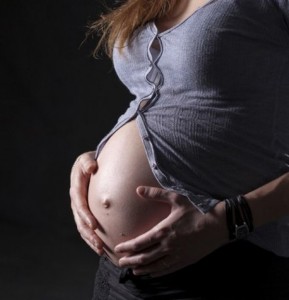Shockingly, nearly 7.3 million girls within 18 years of age get pregnant every year, with most of them coming from developing countries in South Asia and Sub Saharan Africa, and most of them being under 15 years of age. In addition to increasing the risks of suffering and death, this would cause a social stigma that would force these girls to either abort their pregnancies, or live a life of shame with their child. And this issue experts say, can be handled only by changing social attitudes.

Most of these teenage pregnancies are noted in countries like Bangladesh, Guinea, Chad, Niger, Mali and Mozambique, with at least 70000 teenage mothers dying every year due to complications that arise during pregnancy or childbirth. Those who escape these hurdles are still left to nurse a wounded body that gave birth before it was ready to do so. And there is no need to mention the social pressures these young mothers would face during pregnancy and after childbirth, with most of them being forced to leave school early or remain indoors and away from the prying eyes of neighbors.
Urging the governments of developing action to treat the issue as a global problem and tend to it immediately, the UNFPA also claimed that girls cannot be held solely responsible for these pregnancies. Factors like poverty, poor education, lack of awareness about pregnancies and contraceptives, sexual violence and even child marriage contribute equally to teenage pregnancies. However, in all of these cases, only the girl is blamed by the society, a scenario that persists even if the adolescent pregnancy is a result of circumstances and choices the girl was forced to accept.
Over 19% of women in the world (roughly about 36.4 million) are said to have given birth to the first baby before 18 years of age, with nearly 7.3 million of them becoming mothers before 14 years of age itself. Out of this, 17.0 million women come from South Asia, 10.1 million from sub-Saharan Africa and 4.5 million from the Caribbean and Latin America.
These teenage mothers face high risks of maternal death or a debilitating condition called obstetric fistula that is caused by prolonged labor during childbirth. In most cases of this condition, either the baby dies or the mother becomes incontinent without further surgery. The economic situation and costs associated with becoming a mother at a very young age would also have detrimental effects on the mother as well as her child.
Reports of adolescent pregnancies are not uncommon in other parts of the world. However, they form just 5% of the total population of teenage mothers, most of whom come from sub-Saharan Africa. In all these countries, the risks of becoming a teenage mother increases for girls who live in remote areas, are economically poor, less educated and less aware of the outside world.





